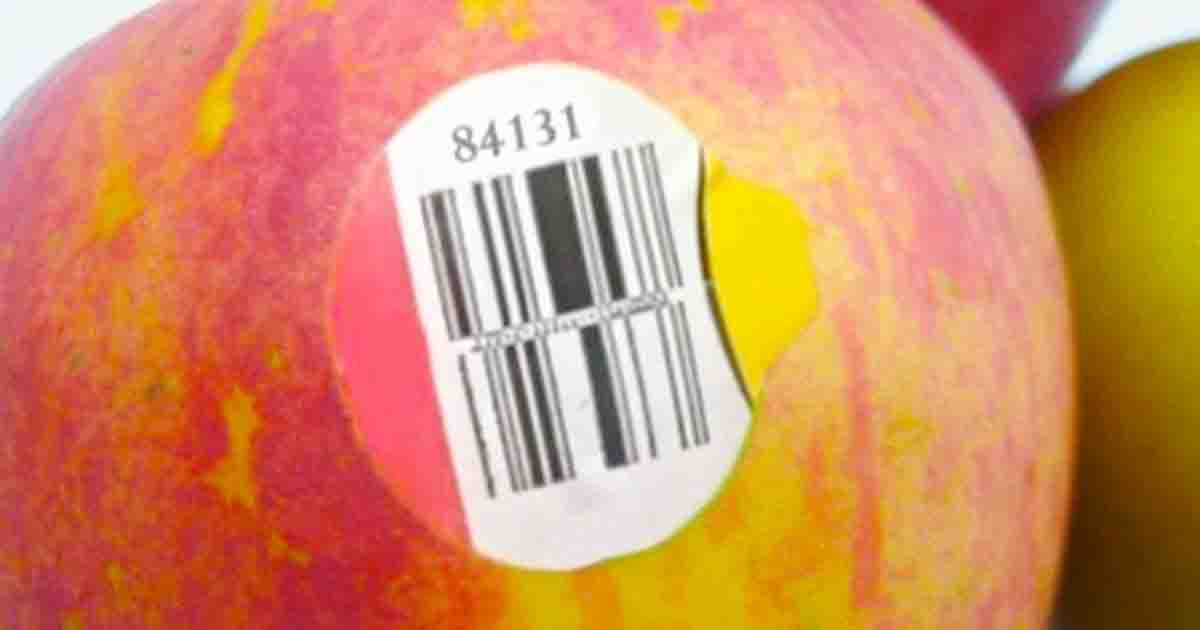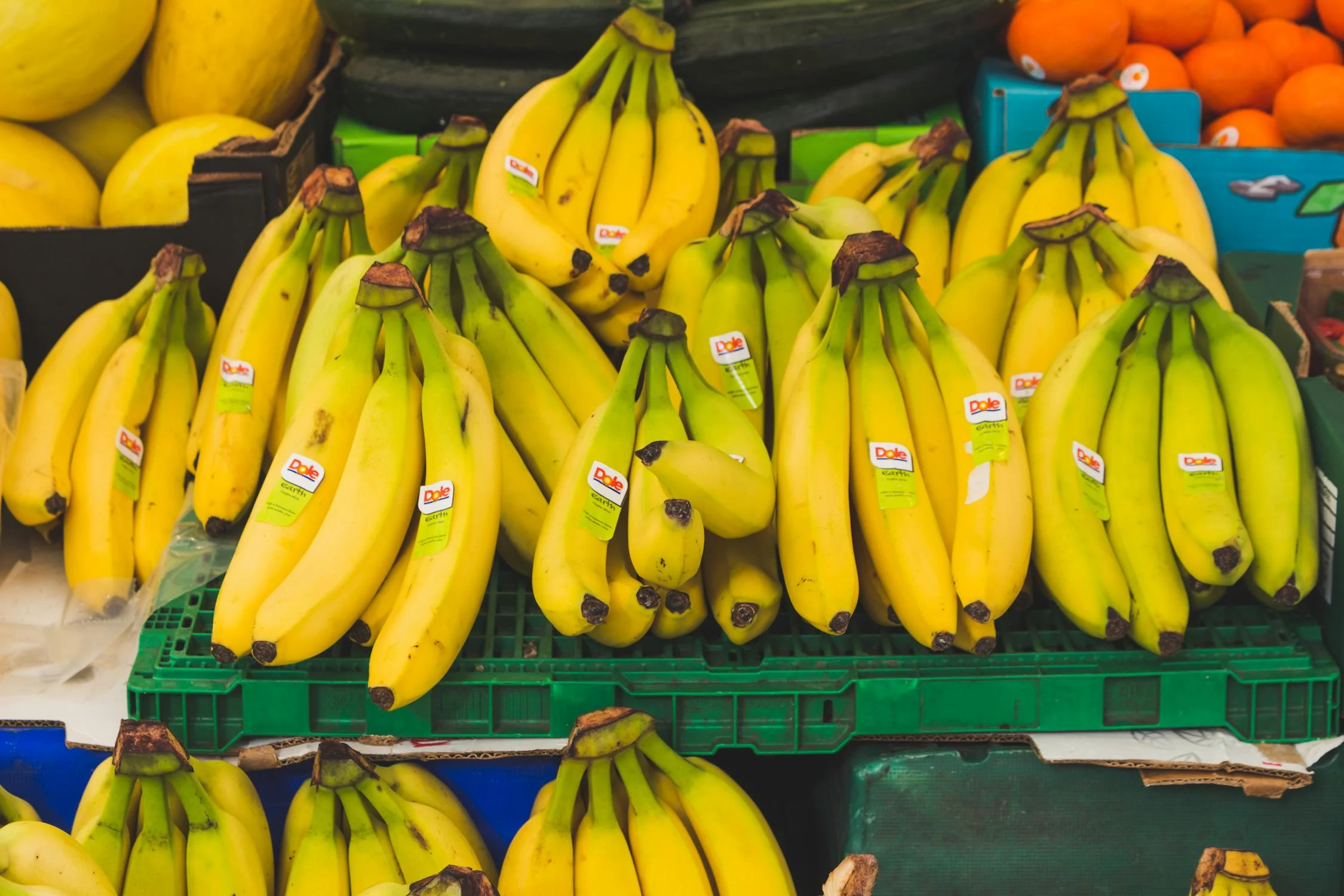Have you ever noticed the little stickers on your fruits and wondered what the numbers mean? These numbers aren’t random; they actually convey important information about the fruit you’re buying. Understanding these codes can help you make informed choices about the produce you consume. Let’s dive into what the numbers on fruit stickers really mean.

The PLU Code System
What is a PLU Code?
PLU stands for Price Look-Up code. These codes are used by supermarkets and grocery stores to identify produce and are usually found on stickers attached to fruits and vegetables.
Why PLU Codes Matter
PLU codes help cashiers accurately price produce items, reducing the chances of errors at checkout. They also provide information about how the fruit was grown, which can be important for consumers concerned about organic and genetically modified foods.
Deciphering the Numbers
Four-Digit Codes
Most conventional produce has four-digit PLU codes. These codes typically range from 3000 to 4999. For example, a conventionally grown banana is labeled with the code 4011.
Five-Digit Codes Starting with 9
If the PLU code has five digits and starts with a 9, it indicates that the produce is organic. For instance, an organic banana would have the code 94011. This helps consumers quickly identify organic options.
Five-Digit Codes Starting with 8
A five-digit PLU code starting with 8 indicates that the produce is genetically modified (GMO). Although not commonly used, this coding helps distinguish GMO products. For example, a genetically modified banana would have the code 84011.
Common PLU Codes and Their Meanings
Apples
- Conventional: 4015
- Organic: 94015
Bananas
- Conventional: 4011
- Organic: 94011

Oranges
- Conventional: 4012
- Organic: 94012
Tomatoes
- Conventional: 4064
- Organic: 94064
Understanding the Importance of PLU Codes
Making Informed Choices
Knowing how to read PLU codes allows you to make informed decisions about the produce you buy. Whether you prefer organic foods or want to avoid GMOs, these codes provide valuable information at a glance.
Supporting Sustainable Practices
By choosing organic produce (codes starting with 9), you support farming practices that are better for the environment and often more sustainable. This small choice can have a big impact on agricultural practices and environmental health.
Debunking Myths About PLU Codes
PLU Codes and Safety
Some people worry that PLU codes can indicate whether produce is safe to eat. In reality, PLU codes are simply for identification and pricing. They do not provide information about pesticide use or safety standards, which are regulated by other means.
PLU Codes and GMO Labeling
While PLU codes can indicate GMO produce (codes starting with 8), not all genetically modified fruits and vegetables are labeled this way. Legislation and labeling practices vary by country, so it’s important to stay informed about local regulations.
Practical Tips for Shopping
Look for the Labels
Always check the fruit stickers when shopping. These labels can provide quick and useful information to guide your choices.
Ask Questions
If you’re unsure about the meaning of a PLU code, don’t hesitate to ask store employees. They can often provide additional information about the produce they sell.
Use Technology
There are several apps and online resources that can help you decode PLU codes. Using these tools can make your shopping experience more informed and efficient.
Empower Your Shopping Choices
Understanding what the numbers on fruit stickers mean can empower you to make better choices about the food you buy. Whether you aim to support organic farming, avoid GMOs, or simply want to know more about your produce, decoding PLU codes is a valuable skill. Next time you’re in the produce aisle, take a closer look at those little stickers – they have more to say than you might think!





